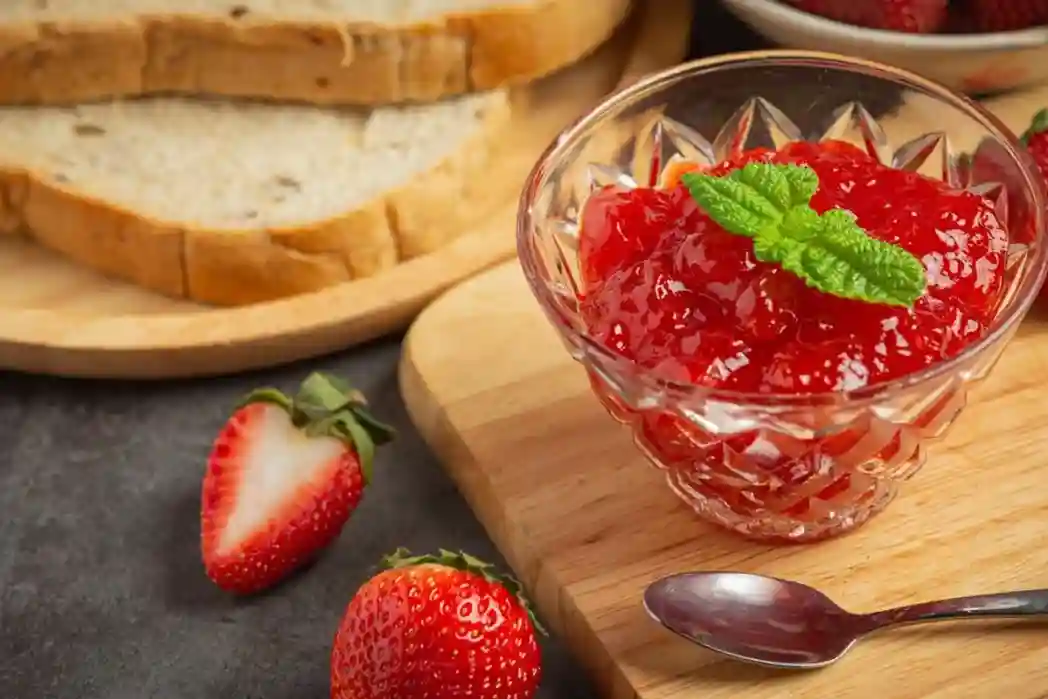Explore tips and tricks for the best Sure Jell recipes. Learn how to create perfect jams, jellies, and sweets with this guide.
Sure-Jell is a trusted name among home cooks who love making fruit preserves. It helps create perfectly set jams, jellies, and other confections. In this comprehensive guide, you will learn everything you need to know about Sure Jell recipes. You will also discover insider tips for getting the right texture, taste, and consistency every time. Moreover, you will understand the importance of pectin, how it works, and why so many recipes call for this ingredient. Altogether, this guide will equip you to make delightful preserves at home.
Why Sure Jell Recipes Are So Popular
Sure Jell recipes stand out because they consistently produce reliable results. Many home canners have relied on Sure-Jell for decades. Indeed, the company has developed a refined product that helps jam, jelly and fruit spread makers achieve a perfect set. Consequently, your preserves hold their shape without turning into a rubbery mess. Historically, people tried other thickening methods. However, Sure-Jell’s pectin formula simplified the process.
Pectin is a key substance found in fruits and vegetables. It is especially high in citrus peels and certain apples. Pectin reacts with sugar and acid to form a gel, which is what gives jams and jellies their thickness. With Sure-Jell, the ratio of pectin to fruit is carefully calculated. Therefore, you reduce the guesswork in your kitchen.
Another reason why Sure Jell recipes are beloved is their adaptability. You can create classic jams, innovative fruit spreads, or even sweet glazes for desserts. Furthermore, it can serve as a reliable thickener for sauces, syrups, and even fruit-based salad dressings. Many cooks find that the instructions on Sure-Jell packages are particularly easy to follow. Accordingly, newcomers find the process less intimidating.
For example, if you’re looking for a delicious fruit topping, try this Peach Crumble Recipe. The warm, buttery crumble pairs beautifully with a homemade peach jam made using Sure-Jel
Selecting the Right Sure Jell for Your Recipe
Before diving into Sure-Jell recipes, you should choose the right variety. You will see two main types of Sure-Jell in stores:
- Regular Sure-Jell: Perfect for standard jam and jelly recipes with full sugar.
- Sure-Jell for Less or No Sugar: Ideal for those watching sugar intake. It contains a different pectin formulation that gels effectively with less sweetener.
Some fruits contain more natural pectin than others. Apples and citrus fruits have higher pectin levels, while berries, peaches, and pears contain less. Thus, adjusting your sugar content and choosing the right pectin matters.
If you love banana-based desserts, consider using Banana Pudding Recipe as a base. Adding a light layer of fruit jelly made with Sure-Jell can elevate the dish to a whole new level.
Types of Sure-Jell Recipes to Try
Sure-Jell recipes encompass a wide range of treats. Generally, they revolve around fruit preserves. Nonetheless, you can also try new ideas that showcase your creativity. Below are a few popular categories:
- Classic Jams: Strawberry jam remains a top favorite. Meanwhile, raspberry jam and blueberry jam follow closely behind. These fruit spreads require boiling the fruit mixture with sugar and Sure-Jell until it thickens.
- Traditional Jellies: Grape jelly is a classic example that uses strained juice rather than fruit pulp. Apple jelly is also beloved for its light, sweet flavor.
- Mixed Berry Preserves: A combination of strawberries, raspberries, and blueberries can yield a rich, complex flavor. Moreover, a mixture can help if one berry type has slightly lower pectin content.
- Less Common Fruit Spreads: Peach jam, apricot preserves, and even fig jam can be made with Sure-Jell. Indeed, they can add unexpected variety to your pantry.
- Desserts and Toppings: You can use Sure-Jell in certain dessert sauces. For example, a fruit sauce for cheesecakes can be thickened with pectin for added body.
Additionally, many people use Sure-Jell to make marmalades. Citrus peels contain plenty of pectin, and combining them with sugar and water creates a tangy spread. Chiefly, marmalade has a bitter-sweet flavor and is perfect for toast or pastries.
If you’re looking for the perfect dessert topping, consider using Woolworth Cheesecake Recipe. A homemade fruit sauce made with Sure-Jell can add an extra layer of deliciousness.
Common Mistakes When Making Sure-Jell Recipes
Despite the simplicity, mistakes can happen. Particularly, cooking time and sugar levels are vital.
- Overcooking the Fruit: Fruit can lose its flavor or color if it cooks for too long. Eventually, the jam might become sticky or taste burnt.
- Underestimating Sugar Requirements: Sugar is not just for sweetness. It also interacts with pectin to create the gel. If you reduce sugar drastically, your jam might remain runny.
- Using Non-Exact Measurements: Recipes call for precise amounts. Accordingly, measuring cups and spoons are essential. Even a slight variation in sugar can alter the set.
For best results, pair your fruit preserves with fresh homemade bread. Try this Brioche Buttery Bread for a delightful breakfast spread.
Key Tips for Successful Sure Jell Pectin Dishes
Sugar and acidity form the backbone of any jam, jelly, or preserves. Sure Jell pectin interacts with these elements to form a gel. If you alter sugar content, you must adjust your cooking time or choose a different form of pectin. Moreover, the acid level (often boosted with lemon juice) helps the pectin work properly. If you use fruits with low natural acidity, you will probably need added lemon juice.
Temperature control is another factor. Pectin sets at a specific temperature range. Thus, using a candy thermometer can help. Monitor the mixture so it reaches a proper rolling boil. In addition, make sure the boil does not overflow. A boil that is too intense can scorch the jam. Conversely, a weak boil may not activate the pectin.
Finally, sterilizing your jars is crucial. Particularly for long-term storage, you need to heat-treat the jars. Otherwise, bacterial growth can spoil your batch. Use a boiling water bath or follow recommended canning guidelines to ensure safe storage. Furthermore, label your jars with a date, so you know how long they have been stored.
Adjusting Sugar in Sure Jell Recipes
Many people worry about sugar content. Sure-Jell addresses this by offering low-sugar and no-sugar varieties. Nonetheless, sugar significantly impacts flavor, texture, and the final gel.
- Low-Sugar Option: Use fruit that has natural sweetness, like fully ripe peaches or strawberries. Because these fruits are sweet, you can reduce added sugar.
- No-Sugar Option: This approach uses special pectin designed for sugar-free cooking. Consequently, you might need sweeteners like stevia or Splenda to balance flavor.
- Partial Sugar Reduction: If you find traditional recipes too sweet, you can cut sugar by a small fraction. Chiefly, pay attention to your jam’s consistency. You might need extra boiling time to achieve a proper set.
Taste your mixture during cooking. Furthermore, consider how the flavors might intensify over time. A jam that tastes sweet initially can mellow during storage. On the other hand, an overly tangy preserve might become just right after a week or two in the pantry. For a healthier take on cornbread, consider trying this Southern Cornbread Recipe, which pairs beautifully with a fruit spread made using Sure-Jell.
Cooking Times and Techniques Of Sure Jell Recipes
Proper cooking is essential for Sure Jell recipes. Initially, you combine your chosen fruit (or juice), sugar, and pectin in a pot. Heat the mixture until it reaches a rolling boil, stirring constantly. This rolling boil should not be interrupted by stirring. Keep it going for about one minute, or as directed by your recipe.
Step-by-step technique for cooked jam or jelly:
- Prepare Your Fruit
- Wash and chop the fruit if necessary.
- Measure precisely to match recipe guidelines.
- Combine Ingredients
- Put the fruit, sugar, and pectin into a large, heavy-bottomed pot.
- Stir to distribute pectin evenly.
- Bring to a Rolling Boil
- Use medium-high heat.
- Watch carefully. Meanwhile, stir frequently to avoid scorching.
- Boil for the Specified Time
- Typically, 1 minute is enough once a full rolling boil is reached.
- For certain fruits, you may need to boil slightly longer.
- Remove from Heat and Skim Foam
- Foam can form on top of the jam.
- Skim it with a spoon for a clear product.
- Ladle into Sterilized Jars
- Fill jars to recommended headspace.
- Wipe jar rims clean.
- Seal and Process
- Add lids and screw bands.
- Process in a boiling water bath for the suggested time to ensure safe preservation.

Always follow up-to-date guidelines from reputable canning sources. Consequently, you will reduce the risk of contamination. Most cooked jams and jellies can last up to a year in a cool, dark place, provided they are sealed correctly. Once opened, they need refrigeration.
Tips for Perfect Results of Sure Jell Recipes
When making Sure Jell recipes, a few advanced tricks can elevate your results from good to outstanding:
- Use a Chilled Plate for Testing
Place a small plate in the freezer before you start cooking. When your mixture nears its final minute of boiling, drop a small spoonful onto the chilled plate. Afterward, wait a few seconds and then gently push the edge with your finger. If the surface wrinkles slightly, the jam or jelly is ready. - Watch for the “Sheeting” Effect
Dip a spoon into your boiling mixture. Hold it above the pot and let the liquid drip. If it drips in a slow, continuous sheet rather than separate drops, you have reached the gelling stage. - Work in Small Batches
Large batches can be harder to control. Consequently, you might end up overcooking or undercooking your spread. Small batches allow you to monitor temperature and consistency more precisely.
These small steps can make a big difference in achieving the perfect texture. Particularly when canning in large quantities, consistent checking helps you avoid a product that is too loose or overly stiff.
Variations and Add-Ons of Sure Jell Recipes
Once you are comfortable with basic Sure Jell recipes, you can explore endless flavor possibilities. Indeed, little changes can transform a classic jam into a gourmet spread:
- Herbs and Spices
Add a sprig of rosemary to peach jam or a cinnamon stick to apple jelly. Indeed, the infusion of natural flavors can bring a comforting twist. - Multiple Fruit Combinations
Combine tart fruits like rhubarb or cranberries with sweeter berries for a balanced taste. For example, strawberry-rhubarb jam is a classic favorite. - Citrus Zest or Extracts
Lemon, lime, or orange zest can brighten flavors. Alternatively, a drop or two of almond or vanilla extract can make fruit spreads taste more decadent.
Furthermore, consider adding a splash of balsamic vinegar to strawberry jam or a hint of chili flakes to raspberry preserves for a spicy kick. These additions impart depth and complexity while still allowing the fruit’s essence to shine.
Creative Twists to Try with Sure Jell Recipes
You don’t have to limit your Sure Jell recipes to traditional jams and jellies. Try these creative ideas:
- Savory Jam for Meats: Create an onion or tomato jam for grilled meats.
- Layered Spreads: Make a dual-layer jam with contrasting flavors.
- Liqueur-Infused Preserves: Add brandy or amaretto to your jams for a gourmet twist.
For an unexpected sweet-savory combination, use Sure-Jell to create a fruit-infused sauce for the Balsamic Chicken Recipe. The acidity of balsamic vinegar blends wonderfully with a light fruit glaze.
Conclusion
Sure Jell recipes offer a reliable and rewarding way to create homemade jams, jellies, and fruit spreads. Undoubtedly, the consistent performance of Sure-Jell takes the stress out of preserving fruit. Beginners often find the clear instructions reassuring, while experienced cooks appreciate the high-quality results. Furthermore, you can customize these preserves to suit dietary needs or personal tastes. Whether you prefer full-sugar, low-sugar, or no-sugar versions, Sure Jell pectin ensures your spread will be set properly.
Altogether, making fruit preserves at home is a gratifying process. You can explore a huge variety of fruits. Additionally, you have the freedom to experiment with flavor combinations. Eventually, you might branch out into creating marmalades, dessert sauces, or glazes for meats. With these tips, you now have the know-how to master Sure Jell recipes. Enjoy canning and share your sweet creations with family and friends.
FAQ About Sure Jell Recipes
How to use Sure-Jell?
To use Sure-Jell, measure the required amount of fruit, sugar, and pectin as stated in your recipe. Combine them in a heavy-bottomed pot. Bring the mixture to a rolling boil, and continue boiling for about one minute or as indicated. Skim off any foam, then ladle the jelly or jam into sterilized jars. Process in a boiling water bath for safe storage.
What is the difference between Sure-Jell and pectin?
Sure-Jell is a brand of pectin. It contains a standardized amount of pectin, which ensures consistent results. Regular pectin, on the other hand, can vary by brand and may not have the same standardized instructions or ratio of fruit to pectin.
What is the difference between the yellow and pink box of Sure-Jell?
The yellow box of Sure-Jell is usually the classic full-sugar version. The pink box is typically the low-sugar or no-sugar variety. The pink box contains a special pectin formulation that allows you to reduce or eliminate added sugar while still achieving a proper gel.
How to make cooked jelly with Sure-Jell?
Cooked jelly with Sure-Jell starts with fruit juice instead of whole fruit. You combine the juice, sugar, and Sure-Jell in a pot. Bring it to a rolling boil, stirring constantly. Boil for about one minute or as directed. Skim off the foam, then pour it into prepared jars. Seal and process in a boiling water bath.
How long do you boil jelly with pectin?
Generally, a rolling boil for one minute is sufficient. However, some recipes or specific fruits may require a slightly longer boiling time. Follow the instructions on the Sure-Jell package or your chosen recipe for the best results.
How do you thicken jelly without sugar?
You can use Sure-Jell’s no-sugar pectin. This variant is formulated to gel without the usual amount of sugar. Additionally, many people add alternative sweeteners like stevia or Splenda to achieve a sweeter taste without sugar.
What happens if you boil jelly too long?
Boiling jelly too long can lead to a thick, rubbery, or overly stiff product. The flavor might become burnt or caramelized. Over-boiling can also cause the pectin to break down eventually, resulting in a runny consistency.
How many minutes to cook the jelly?
Most recipes recommend cooking the jelly for one minute at a full rolling boil. However, different fruits and pectin varieties may require adjustments. Always follow the instructions specified in your recipe.
Does pectin go bad?
Yes. Pectin has a recommended “best by” date. Its gelling properties may weaken over time. Store it in a cool, dry place. Using expired pectin can result in a weaker set or a runny jam.
Is Clear Jel and Sure-Jell the same thing?
No. Clear Jel is a modified cornstarch often used as a thickener in pie fillings. Sure-Jell is a fruit pectin specifically intended for jams and jellies. They serve different purposes and are not interchangeable.
Can I use cornstarch instead of pectin?
Cornstarch thickens mixtures but does not create the same gel-like texture that pectin does. Cornstarch also changes the flavor and clarity of jams and jellies. Therefore, it is not recommended as a substitute in most jam or jelly recipes.
Does clear gel go bad?
Clear gel, like other starch-based thickeners, can lose effectiveness over time. Always check the expiration date and store it in a cool, dry environment. If it has clumps, discoloration, or an off smell, discard it.
What did people use before Sure-Jell?
Historically, home cooks relied on the natural pectin found in fruit peels and cores. They would boil the fruit for longer periods or add extra apple peel to ensure a set. Eventually, commercial pectin products like Sure-Jell simplified this process.
Is Knox gelatin the same as pectin?
No. Knox gelatin is derived from animal collagen, while pectin is a plant-based thickener extracted from fruit. Gelatin and pectin are set differently and are generally not interchangeable in jam or jelly recipes.
This unadulterated Sure Jell Recipes such a gem, and if you have attempted it, it would be highly appreciated if you could drop a comment with stars to let me know how it turned out for you! It gives me joy to hear from you – it encourages me to come up with more and more recipes for you guys 😊 Ready, steady, cook! – Emily
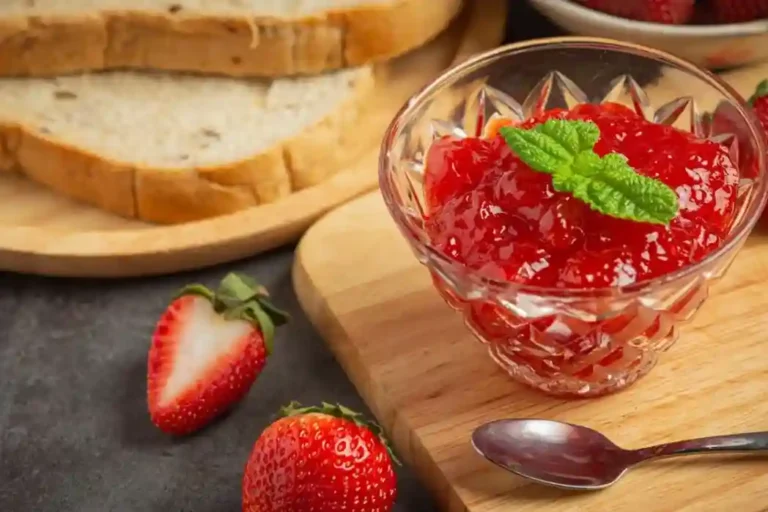
Sure Jell Recipes: How to Make Perfect Jams & Jellies
This homemade strawberry jam recipe using Sure Jell pectin creates a sweet, perfectly set jam that’s bursting with fresh strawberry flavor. Ideal for spreading on toast, topping desserts, or gifting, this no-fail jam recipe is easy to make and delivers deliciously consistent results every time.
- Total Time: 25 minutes
- Yield: About 6 half-pint jars 1x
Ingredients
- 4 cups fresh strawberries, hulled and crushed
- 7 cups granulated sugar
- 1 package Sure Jell fruit pectin (1.75 oz)
- ½ cup water
- 2 tbsp lemon juice (for acidity & preservation)
- 1 tsp unsalted butter (optional, reduces foaming)
Instructions
- Prepare the Ingredients: Wash and hull the strawberries. Crush them using a potato masher or food processor, leaving some texture.
- Sterilize Jars: Place canning jars in boiling water for 10 minutes to sterilize. Keep warm until ready to use.
- Cook the Jam: In a large saucepan, combine crushed strawberries and lemon juice. In a small bowl, mix Sure Jell pectin with ½ cup sugar, then stir it into the strawberry mixture. Heat over medium-high heat, stirring constantly until the mixture reaches a rolling boil.
- Add Sugar & Boil: Add the remaining sugar all at once, stirring continuously. Bring the mixture back to a full rolling boil (one that cannot be stirred down) and boil for exactly 1 minute.
- Skim Foam & Fill Jars: Remove from heat and skim off foam if necessary. Ladle hot jam into sterilized jars, leaving ¼-inch headspace.
- Seal & Process: Wipe jar rims clean, place lids, and screw bands on firmly. Process jars in a boiling water bath for 10 minutes to ensure proper sealing.
- Cool & Store: Remove jars and let them cool completely. Store in a cool, dark place for up to 1 year. Refrigerate after opening.
Notes
- Use ripe strawberries for the best flavor and natural sweetness.
- Do not alter the sugar amount, as it affects the jam’s ability to set.
- If jam is too runny after cooling, let it sit for 24-48 hours before reprocessing
- Prep Time: 15 minutes
- Cook Time: 10 minutes
- Category: Desserts
- Method: Boiling, Canning
- Cuisine: American
Nutrition
- Serving Size: Per 1 tablespoon serving
- Calories: 50 kcal
- Sugar: 12 g
- Carbohydrates: 13 g
- Fiber: 0.2 g
Keywords: Sure Jell recipes, homemade strawberry jam, strawberry jelly, fruit preserves, pectin jam recipe, best strawberry jam, canning jam, how to make jam, easy strawberry jam recipe
You’ll also like
- Banana Bread Recipe with 2 Bananas
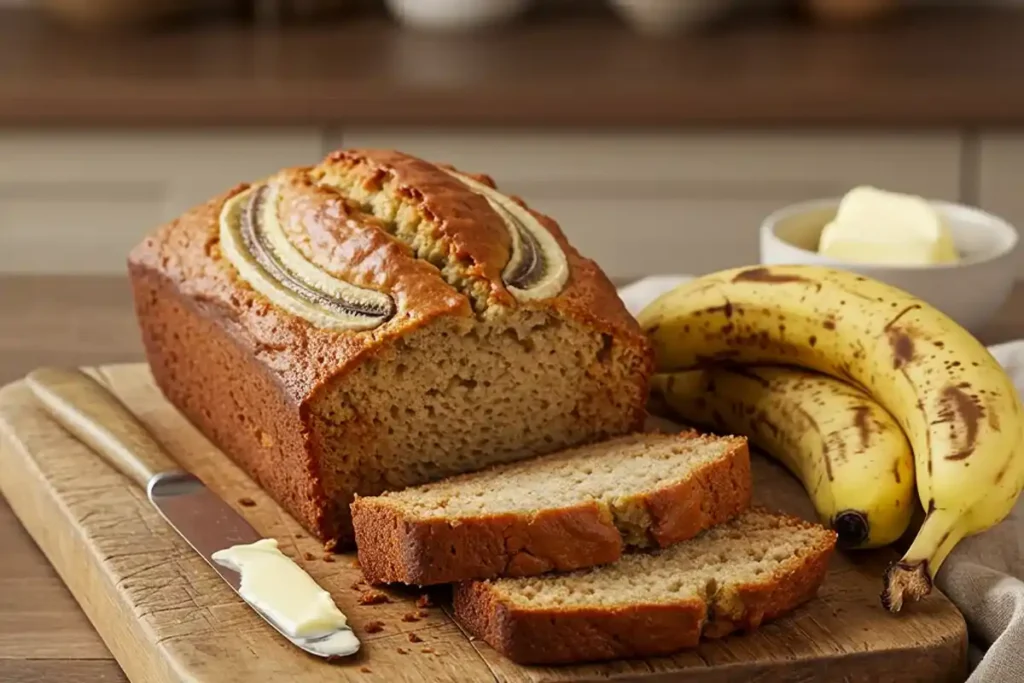
- Delicious Churro Cheesecake Bars Recipe – Easy Dessert Delight!
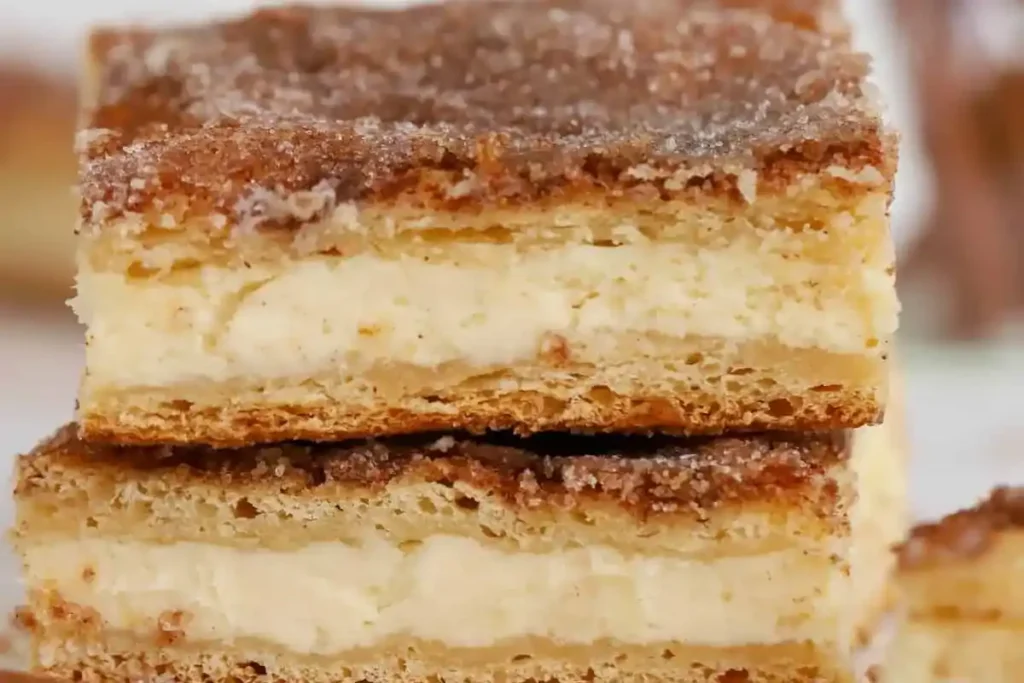
- Sure Jell Recipes: How to Make Perfect Jams & Jellies
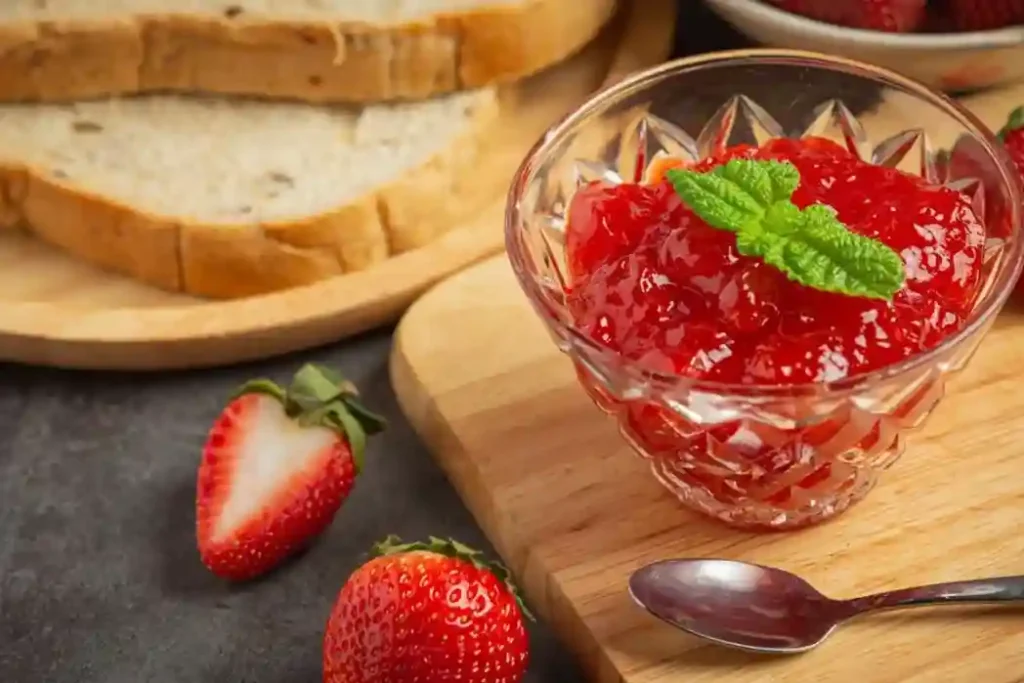
- Delicious Steelhead Trout Recipe: A Flavorful Guide
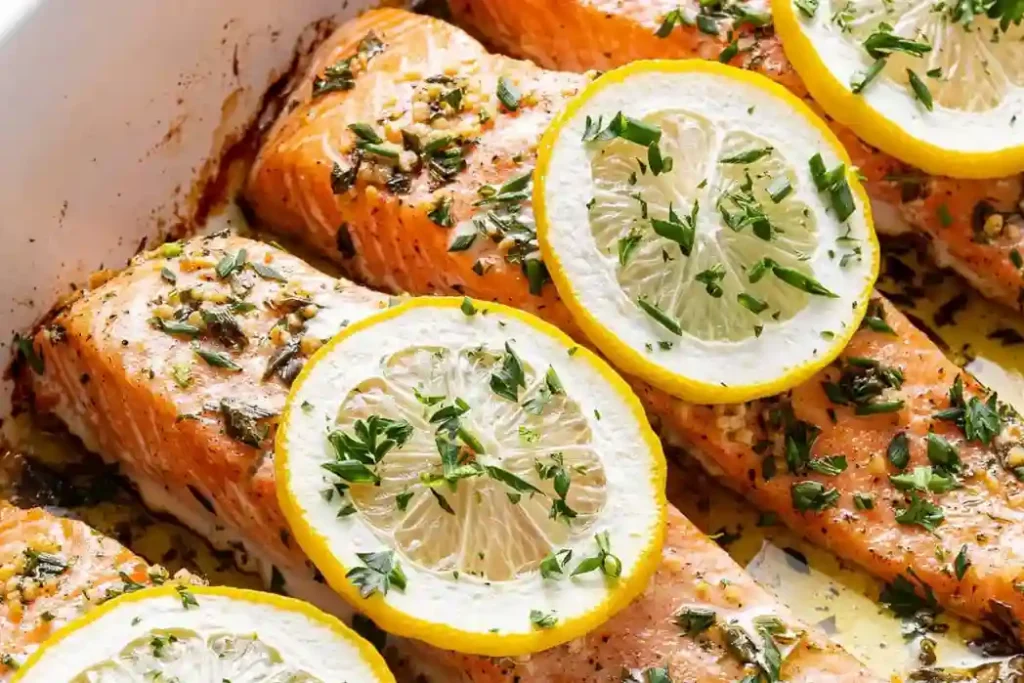
- Ultimate Peach Crumble Recipe: Sweet & Crunchy Delight
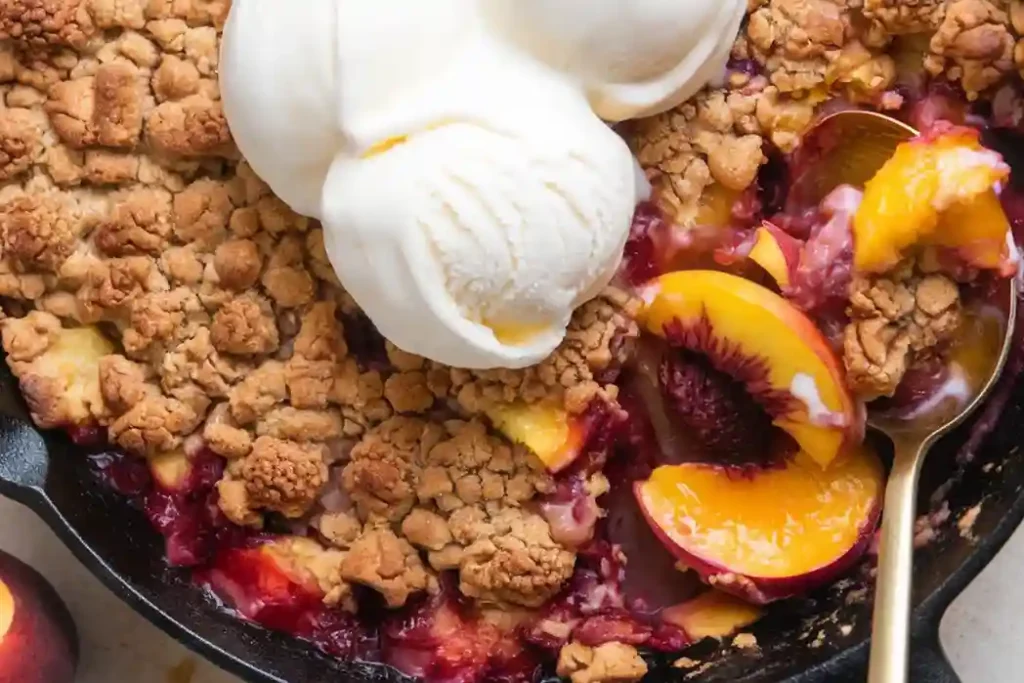
- Easy Step-by-Step Brioche Loaf Recipe for Perfect Breakfast Bread

